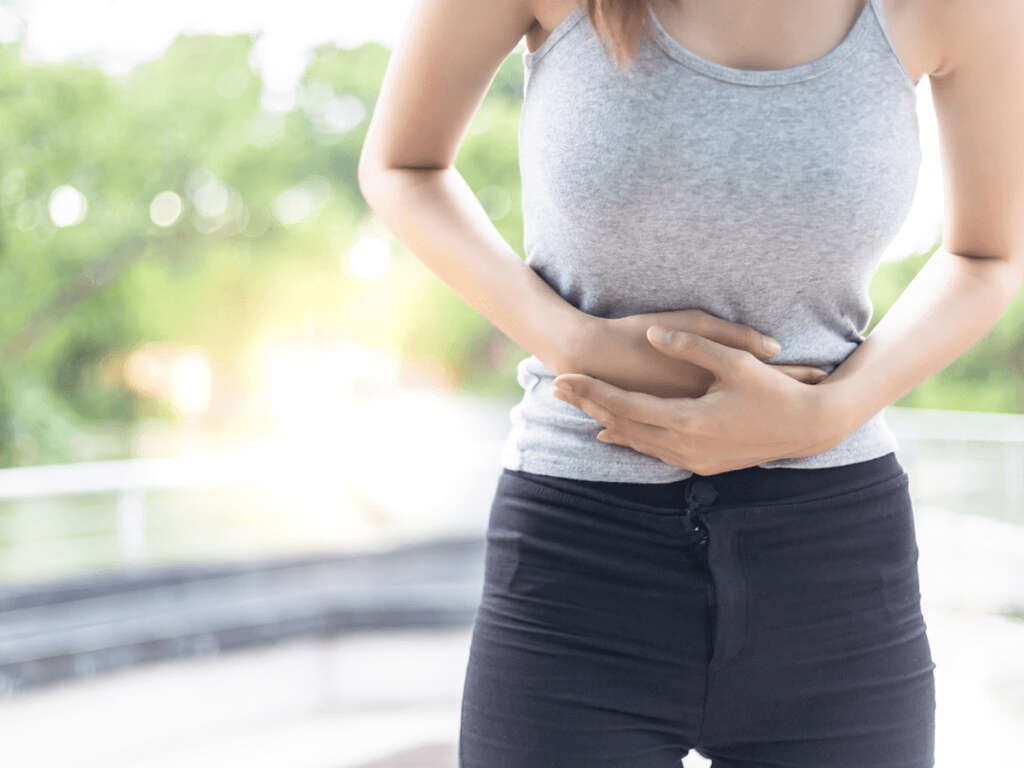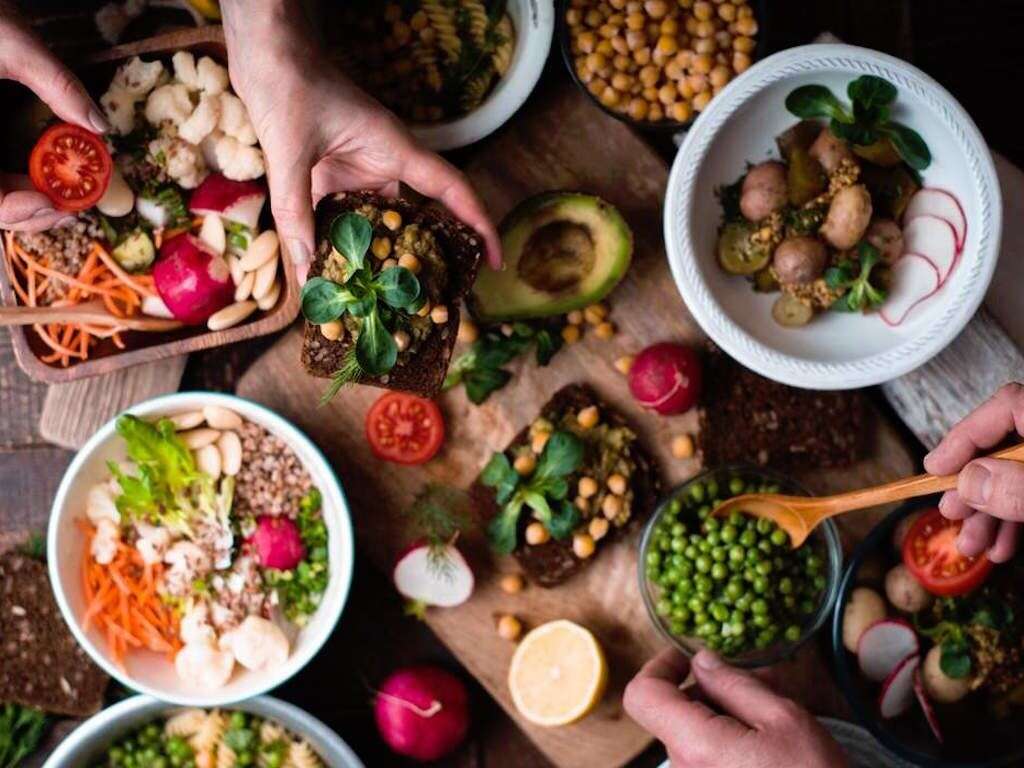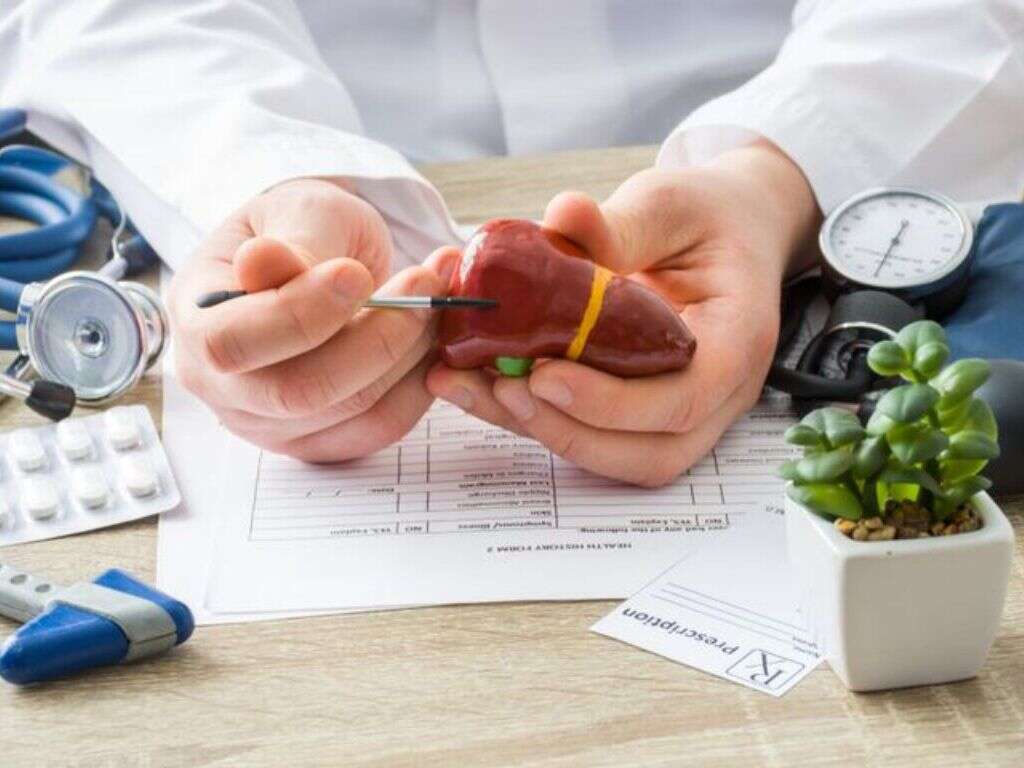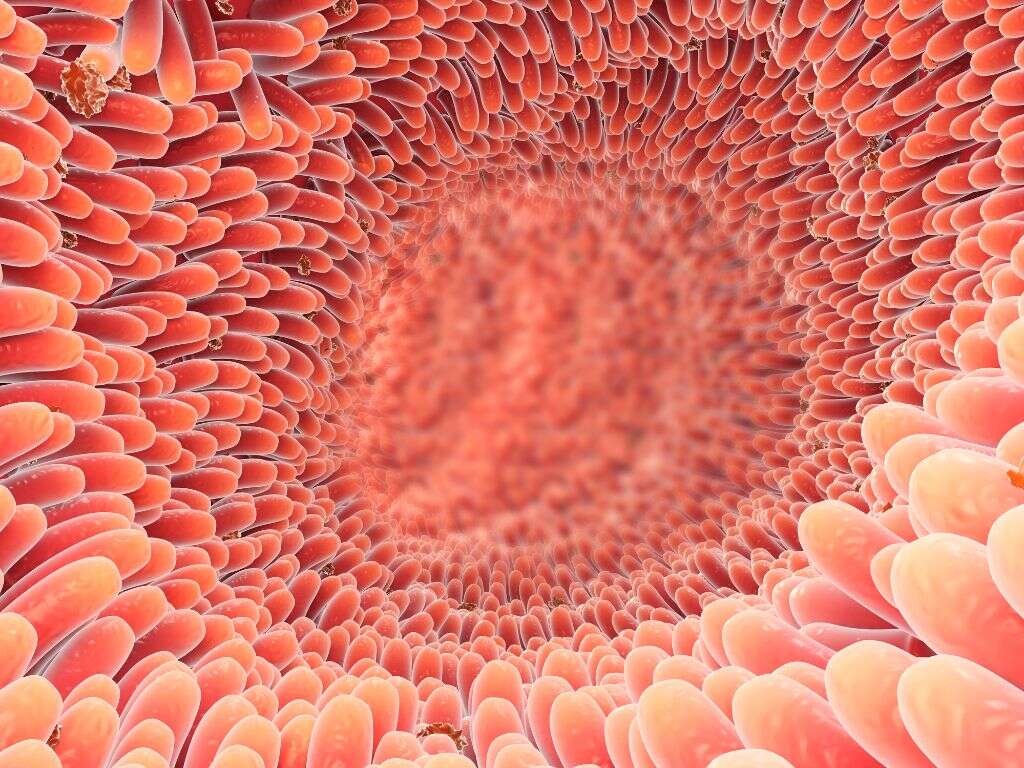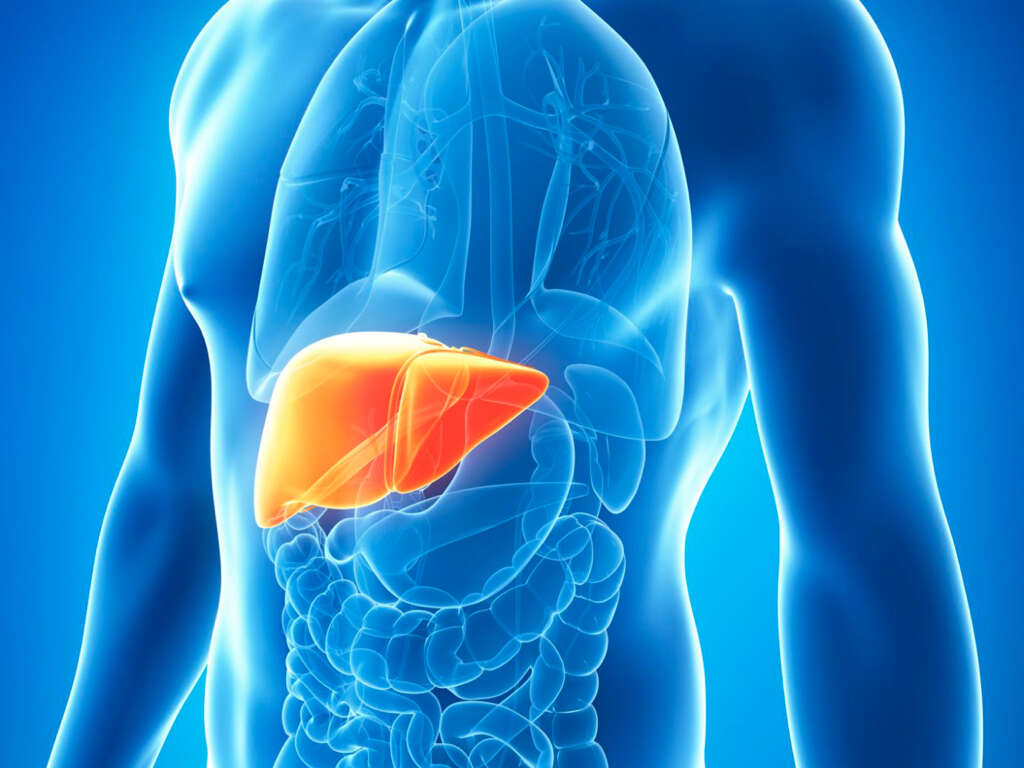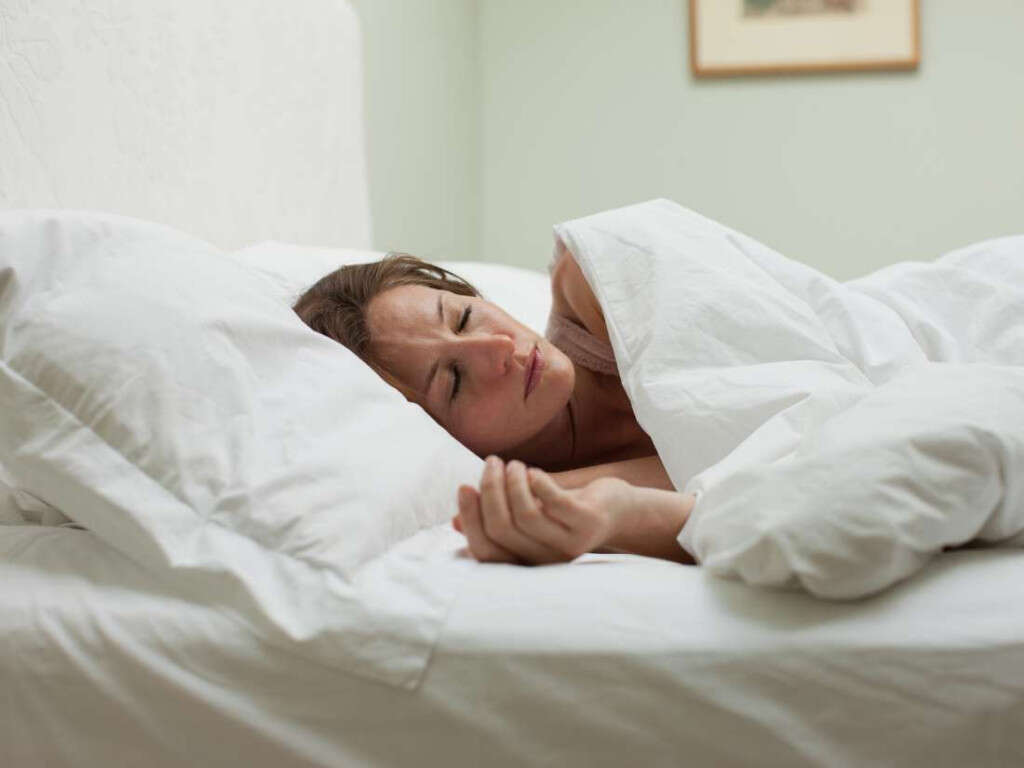What Is Cholecystitis?
When we eat, our food needs to be broken down by our digestive system so that the nutrients it contains can be absorbed. This is achieved with the help of a substance known as bile. Bile is useful because it helps to break down fatty foods in particular, and it is created in our livers.
Once it had been produced, bile will then pass onto the gallbladder. This is a small organ that helps to store the bile until our next meal. This organ can sometimes become inflamed in a condition known as cholecystitis. It is not usually a serious condition, but it is important to get it treated to prevent serious complications.
1. Cholecystitis
Cholecystitis is the technical medical term for the inflammation of the gallbladder. It can result in a number of unwelcome symptoms and the condition can also be very dangerous in some cases. It will need to be treated as soon as it is diagnosed to prevent a life-threatening situation from occurring.
Although potentially dangerous, cholecystitis is still treatable in the vast majority of cases. However, it is not uncommon that the patient will need to be admitted to a hospital. Here, we take a closer look at the condition, what can cause it, what the symptoms are, and what can be done to help prevent and treat it.
2. Tumors
When we think of tumors, we tend to think of malignant cancers that can spread throughout the body. In the majority of cases, however, tumors are benign, meaning they won’t spread to elsewhere. This makes them a lot safer than malignant tumors, but that is not to say they cannot be problematic.
Tumors can sometimes grow large enough to be putting pressure on nearby tissues and organs, and this will sometimes affect their ability to function. If a tumor is growing in the gallbladder or nearby then it can cause the bile to build up, and cause the patient to develop cholecystitis.
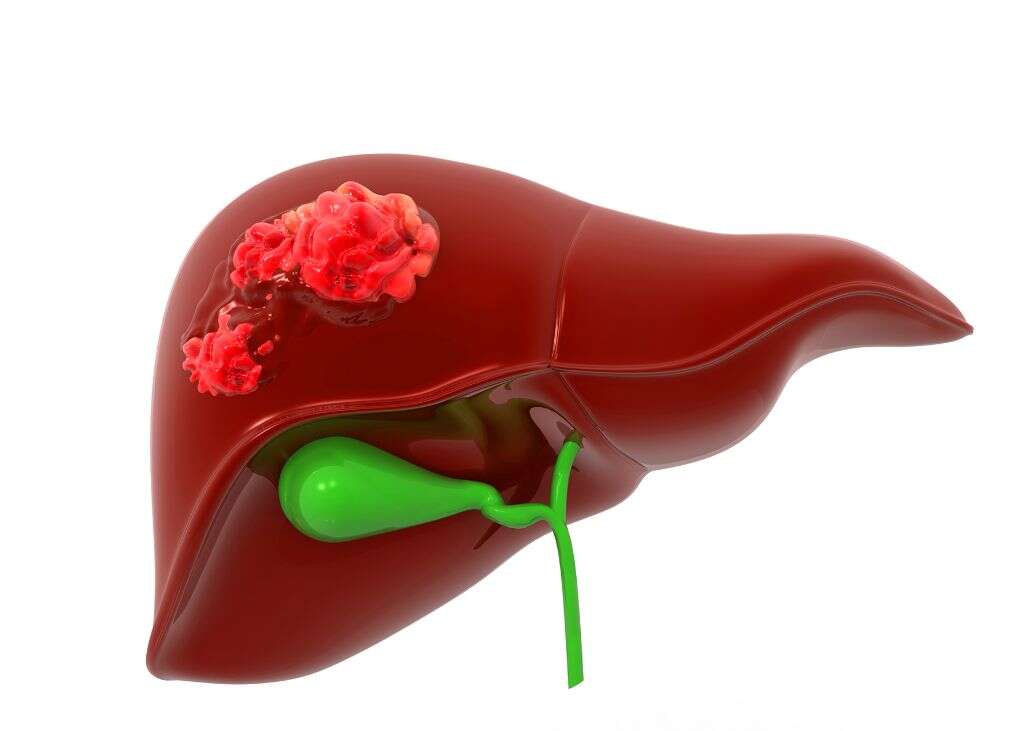
3. Infection
Modern medicine makes us relatively safe from infections nowadays, but we are still not completely safe from them. They can happen even in the healthiest of people and, when they do, they sometimes have the potential to do a lot of damage. They are also able to infect pretty much any part of the body, and the gallbladder is no exception.
Some viral infections in particular can cause an infection of the gallbladder. When this happens, the gallbladder may become inflamed as a result. This can result in a variety of unwelcome symptoms, and it can also result in cholecystitis. People with AIDS are particularly prone to such infections.
4. Gallstones
Bile is usually a fluid substance, but it can sometimes form into hard ‘stones’ in the gallbladder. In most cases they will cause no symptoms at all and will pass harmlessly through the system. They can cause some very unwelcome symptoms sometimes, however, and they are sometimes the cause of cholecystitis.
While gallstones will sometimes pass naturally through the system, they can sometimes be large enough to be too large to pass. They can also become so large that they block the bile ducts, and this can cause the gallbladder to become inflamed. Gallstones themselves can usually be treated, although surgery will sometimes be necessary.
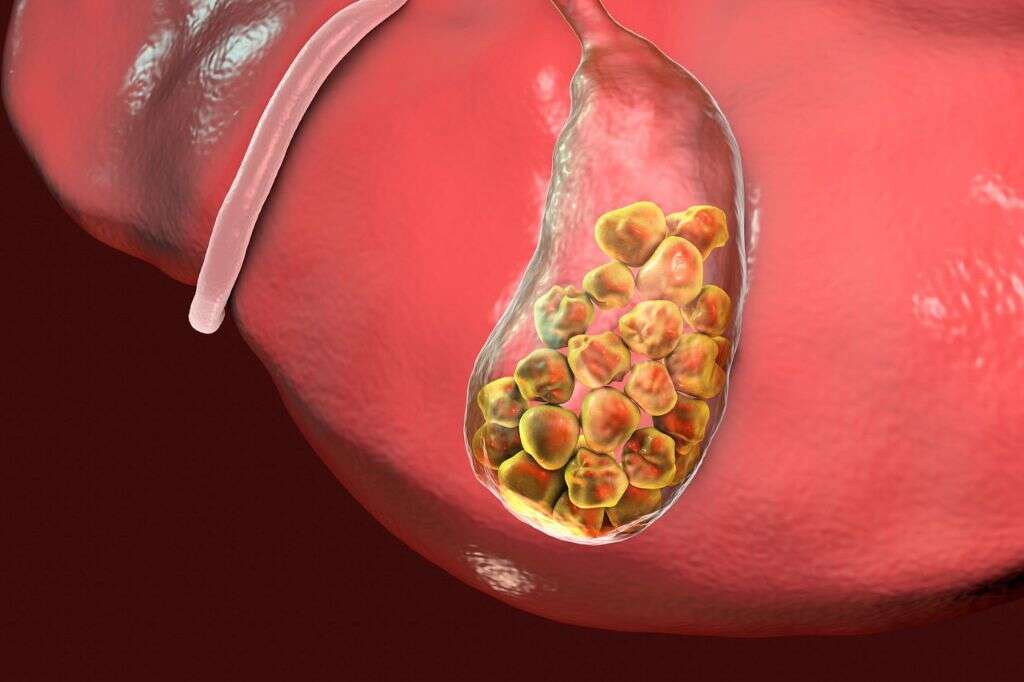
5. Blood Vessel Issues
Our bodies are well supplied with blood by a network that covers our whole body. All of our tissues and organs are provided for, and this includes our gallbladder. Just like all other organs, the gallbladder needs a constant supply of fresh blood, and it can develop problems if the supply is somehow impeded.
Different types of injury and other medical issues can cause problems with the flow of blood to the gallbladder. This can result in a number of problems for the gallbladder, and cholecystitis is one of them. A problem with the blood circulation system is something that can be dangerous, so it should be addressed as soon as possible.
6. Blocked Bile Duct
In addition to the causes mentioned, there are numerous other reasons why the bile duct can become blocked. For example, damage can cause severe scarring that can cause the duct to become blocked. The bile duct can also become twisted, preventing bile from flowing freely out through the duct.
A bile duct blockage will sometimes clear up on its own depending on the severity of the condition. At other times, medical intervention may be needed and this will involve surgery in some cases. Severe, potentially life-threatening infections are a possibility, in addition to cholecystitis, so the patient should be found medical assistance as soon as possible.
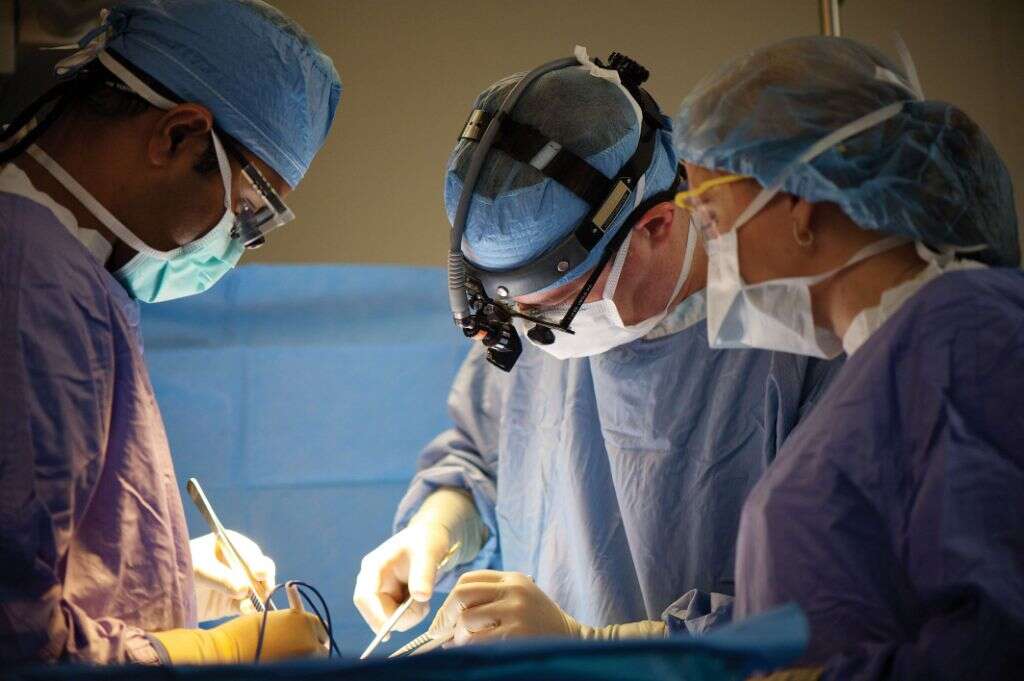
7. Symptoms
The severity of the symptoms of cholecystitis will likely vary from person to person. The patient will also likely notice the symptoms are more severe just after they have eaten a meal. This is especially the case if their meal was high in fat, or if it was a large meal. One symptom of the condition is a pain in the abdomen area that will often be severe.
The patient will often also find that their abdomen feels tender to the touch, and the pain can also spread to their back, or their right shoulder. Nausea is another common symptom and the patient may also vomit. Cholecystitis will also cause a fever in many cases.
8. Complications
Cholecystitis can cause serious complications if it is not treated in time, so it should be taken seriously. One such problem is that the gallbladder can become very swollen and, in extreme cases, this can cause it to become perforated. This can cause the contents to leak out, which can be very dangerous.
Cholecystitis can also lead to gangrene, which is when the organ’s tissues begin to die. It is a relatively common complication of cholecystitis and it will likely be fatal if not treated. Cholecystitis can also lead to potentially serious infections that can be dangerous to the patient’s very life.
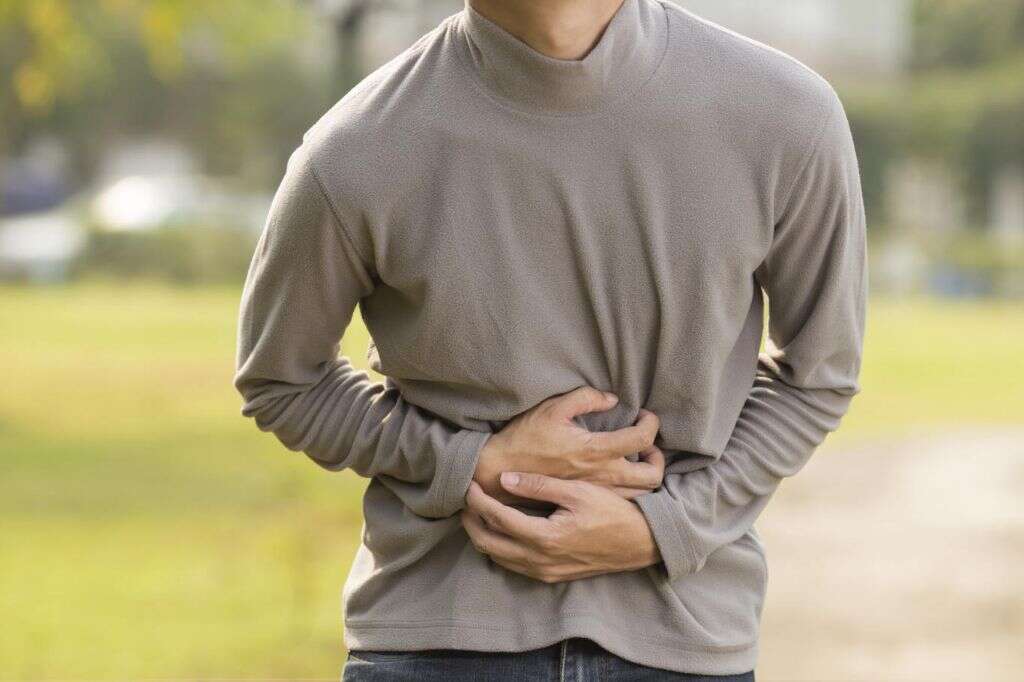
9. Prevention
The main cause of cholecystitis is gallstones. Thus, preventing gallstones will also help to prevent cholecystitis. This mainly means making healthy lifestyle decisions, including keeping your weight down to within healthy levels. It is important to lose weight gradually, however, as doing so quickly can increase the chances of cholecystitis.
This largely means eating a healthy diet that consists of fresh food and is low in calories and contains plenty of fruit and vegetables. It is also recommended to exercise as much as you can to help you burn off those extra calories. Choosing a healthy lifestyle will also help to make you feel a lot better overall.
10. Treatment
Cholecystectomy will be treatable in many cases. To begin with, the patient might be expected to fast; this is to help take pressure off the gallbladder. Treatment will also require the patient to remain in hospital in some cases, and an intravenous drip may be necessary to help prevent the patient from becoming dehydrated.
Antibiotics may be used if the gallbladder is infected, and painkillers will be used in some cases. Surgery may be performed to remove gallstones and, in the more severe cases, the gallbladder may be removed altogether. Our bile will simply bypass the gallbladder if it is missing and go direct to the small intestine, meaning having a gallbladder is not necessary for us to survive.




